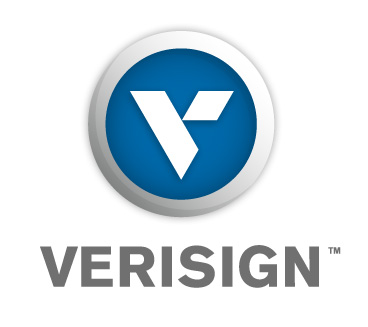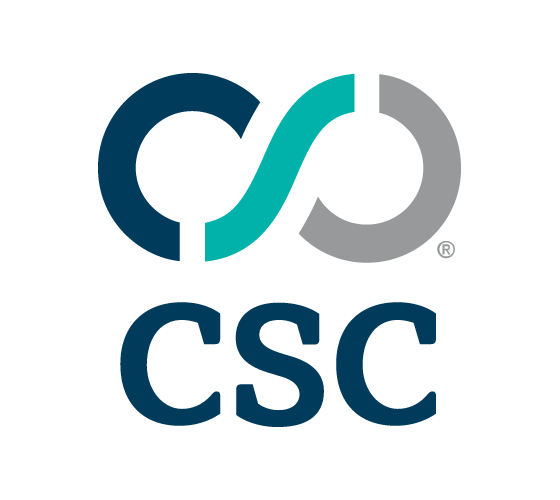


|
||
|
||
The transition to IPv6 has reached a significant milestone in the United States. As of February 9, 2025, more than half of all traffic to Google’s services from U.S. users is now conducted over IPv6. This marks a step forward for a country with deep historical ties to the Internet but one that still lags behind several others in adoption rates.
Data from multiple sources corroborate the shift. Facebook, which crossed the 50% threshold in 2018, now reports that over 60% of its U.S. traffic runs on IPv6. Meanwhile, Akamai estimates the U.S. IPv6 penetration rate to be around 52%. On a global scale, however, adoption remains slightly lower, at about 47%. The data also suggests that IPv6 usage is higher on weekends, when users rely more on residential and mobile networks, highlighting the slower adoption among corporate networks.
Despite this progress, the U.S. ranks only 17th worldwide in IPv6 adoption. France leads with 80%, followed by Germany (74.85%) and India (74.43%). Malaysia, which recently hosted the APNIC/APRICOT meeting, has an adoption rate exceeding 68%, placing it ahead of the U.S.
While the growing use of IPv6 is encouraging, the reported figures largely reflect Google’s own traffic patterns and do not necessarily represent the broader internet landscape. Adoption rates depend on several factors, including how internet service providers (ISPs) and corporate networks prioritize IPv6, as well as Google’s integration within those ecosystems. Other major platforms, such as content delivery networks (CDNs) and cloud services, may experience different adoption rates.
Experts caution that Google’s data alone does not provide a comprehensive view of global IPv6 deployment. Broader industry metrics would need to account for enterprise adoption, government networks, and legacy infrastructure still reliant on IPv4. A more holistic analysis could help gauge the true state of IPv6 migration and identify remaining bottlenecks.
Nevertheless, the growing percentage of IPv6 traffic signals progress in the ongoing transition from IPv4. As more ISPs, enterprises, and governments embrace the newer protocol, its benefits—including greater address availability and improved network efficiency—are likely to become more apparent. However, until office networks fully catch up, IPv6 adoption will continue to be uneven across different sectors.
Sponsored byVerisign

Sponsored byVerisign

Sponsored byDNIB.com

Sponsored byIPv4.Global

Sponsored byRadix

Sponsored byWhoisXML API

Sponsored byCSC
